Have you ever wondered why some music sounds more involving than others? Of course, that depends somewhat on the instrument being used.
Let’s take an example of music where you feel every instrument and voice is perfectly balanced, creating such a mesmerizing sound to your ears. Now, imagine the same music playing but with each sound being separated and placed in space around you as you are inside a multi-dimensional whole home audio picture.
This is essentially what sets mono against stereo audio setup. Mono, short for monophonic, plays all the audio through a single channel—everything comes out of one speaker kit, no matter where you are.
On the other hand, stereo separates the sound out into two channels — left and right — providing a fuller and more engaging experience.
So, if you’re clueless about what sound system to opt for, you must better read this guide to the end!
How Sound System Are Essential? How Does Mono/Stereo Play Its Role?
There’s no denying that sounds have a lot to do with shaping how we enjoy music, movies, and pretty much anything with audio. The right music streamer can make a world of difference in delivering sound that’s crisp, clear, and full of life.
But being an audiophile listener, one really needs to understand what two systems–mono, and stereo– are meant for.
Simply put, Mono audio is like listening to music through a single speaker. It sounds flat, devoid of the depth and separation you receive from alternative audio units.
With the latter, however, stereo audio coming from two speakers makes your sound stage seem much more realistic and immersive. This is how music feels like it's close to you, as opposed to feeling like it's being thrown at you from a single position.
So, stereo or mono sound system? The decision hinges on your interests and preferences. If you only care about listening to podcasts or audiobooks a mono setup will probably do much better. On the other hand, if you are a music lover or movie fan, then a stereo amplifier is a much more preferable option.
While you’re on the hunt for the two, Arylic has got you covered. With a range of smart audio solutions, it ensures that no matter if you're into mono or stereo, you’ll surely appreciate your sound for being so convenient. Also, It has got user-friendly, affordable products that make it easy for anyone to elevate their listening experience without paying an arm and a leg.
2. What is Mono Sound?
Mono Sound — also known as monophonic sound refers to the use of a single audio channel in recording or playback. This results in all sounds being blended into one universal signal and outputted through one speaker or diy speaker kit.
That means regardless of your position relative to the speakers, the sound you hear is completely uniform, without the distinction between left-and-right channels as you would find in stereo setups. So, the experience is all being clear, simple, and focused.
Historically speaking, Mono sound was once the only and most dominant unit for audio reproduction. In the early years, it was the sole system available for radios, telephones, broadcasting, and even for the recording of music.
Mono systems seemed ideal for settings where it was more about getting clear sound to everyone rather than worrying about fancy, multi-dimensional audio effects. This type of music streamer works wonders for background music, particularly when you have multiple speakers (like in-ceiling speakers) covering a large area.
Compared to the setting up of stereo amplifiers, mono systems were super easy to put together, run, and keep up with, which made them a no-brainer for both consumers and producers. In fact, mono basically became the go-to audio standard just because it was so simple and practical.
However, Talking about today, mono-systems are a bit outdated but still, it has a vital role in audio technology such as podcasts and audio communication systems. The reason is mono sound plays the exact same sound at a consistent volume level to everybody so that when more people are moving into or out of a room, they can benefit from having a balanced and understandably in-depth listening experience
3. What is Stereo Sound?
Stereo sound also known as stereophonic sound is an audio reproduction system in which two- or more distinct channels are used to make a three-dimensional sounding experience.
Essentially, what this system tries to do, is mimic a very organic way that we humans hear real-life sound — by having our ears on the opposite sides of our heads and being able to localize the source of the sound in space.
One of the most significant draws to stereo amplifier sound over mono is that it offers a feeling of space and depth. With stereo, you can hear different sounds in the track from different places, which gives the audio a little extra dimension. Thus, it is especially useful for home theatre systems, gaming, movies, and TV shows.
How Does Stereo Work?
Stereo is stereo because the audio information is split into two channels. Stereo works by sending a part of the full audio mix to each speaker, such that when you hear the output from all speakers at once, it sounds similar to what was heard in the live concert.
This physical effect of the differential methods causes the brain to absorb less or more sound intensity based on timing distributed between special speaker channels, permitting a sense of depth and directionality.
Because, in truth, our ears are designed to hear stuff from all sorts of angles—someone talking to you on your left, a bird chirping at you on your right, or music coming from a different direction. Stereo sound gives the illusion of spreading musical notes to either the left or right speaker, giving the impression of a field of space, depth, and directionality.
For example, vocals may be in the middle of a song but the guitar is left and drums right. This separation helps provide a sense of where audio elements are located and results in a more complete sound field.
4. Key Differences Between Mono and Stereo
The difference between mono versus stereo setups all comes down to various factors, including listening experience, sound clarity, hardware requirements, and many others. The choice between the two really depends on your listening situation and audio preferences.
Here’s a table outlining all the details for better understanding.
|
Factors |
Mono Sound |
Stereo Sound |
|
Number Of Channels |
Single channel – All sounds are combined into one. |
Two distinct channels – Left and right speakers. |
|
Audio Experience |
Centered – Same sound from all speakers, no spatial effect. |
Directional – Sound is split between left and right for depth and spatial awareness. |
|
Complexity Of Setup |
Simple setup with one speaker or channel. |
Requires two or more speakers, a bit more complex to configure. |
|
Depth And Directionality |
Lacks depth, all sounds come from a single source. |
Provides depth and positioning, creating a more immersive experience. |
|
Clarity Of Sound |
Good for speech and simpler audio needs. |
Better for rich, detailed soundscapes like music and movies |
|
Applications |
Talk radio, podcasts, voice communication, PA systems, audiobooks. |
Modern music, movies, home theater systems, video games, concerts. |
|
Cost |
More affordable – Requires fewer components. |
typically more expensive due to the need for additional speakers or equipment. |
|
Hardware Requirements |
Minimal – One speaker or a mono playback device. |
Requires two or more speakers to deliver true stereo sound. |
|
Listening Environment |
Suitable for environments where directionality isn’t important (e.g., public addresses, phone calls). |
est for immersive experiences, ideal for home theaters, music production, and gaming. |
|
Portability |
Easier to integrate into portable devices like radios and mobile phones. |
More complex to integrate into portable systems but common in high-quality portable speakers. |
|
Current Use Case |
Walkie-talkies, public speakers, telephone systems, and simple audio broadcasts. |
Music streaming, movie soundtracks, gaming audio, concerts, professional audio production. |
In short, mono is pretty straightforward, cost-effective, and good for voice-controlled projects, whereas stereo is more about providing a rich, immersive sound that’s perfect for modern-day entertainment.
Here, Arylic sound streamers are your best music source that lets users realize stereo sound’s two-channel real benefits for better and more immersive listening experiences. The best part is these systems are easy to set up and can be used across multiple scenarios like home or professional environments.
5. How to Choose Between Mono and Stereo
When choosing between two different sounds–mono versus stereo–many different factors come into play. While Mono has its own benefits just as stereo does, to get the best listening experience, It’s essential to know when it is appropriate for you.
1. Type of Content
Going mono or stereo depends on the audio you plan to listen to. If you mostly listen to spoken word content — podcasts or audiobooks, for example (or morning talk radio) — mono sound might be more than enough. Mono is perfect for voice-heavy content that requires crisp and even audio without making the listener feel immersed in the sound itself.
However, for those of you who use the device to mainly listen to music and watch movies or maybe even play some games, the stereo amplifier is a big step up. The audio is more immersive and directional meaning you will hear a wider range of sounds from different directions. For more immersive experiences such as concerts, soundtracks, and gaming environments that have directional sound sources, this is very important.
2. Listening Environment
The environment in which you will play your sound system also matters to a great extent. Mono sound is a more practical choice if you’re in a setting where you’ve got just one speaker like a portable radio or public announcement system. This system guarantees that everyone listens to the same audio, regardless of where they are with respect to the speaker.
However, if you’re there listening to music at home or on a home theater system with two speakers, Stereo amplifiers will give you the best results. The reason is that stereo setups make it easier to spatially distribute sound and create a much more immersive environment. So, you can better hear the nuances in the music as well as can also appreciate the directionality of movie effects.
3. Personal Preferences
Ultimately, there is a lot of personal preference that affects your choice. For some, mono may be the best for casual listening to voice-driven content, or just for general simplicity.
But for others, perhaps stereo is an indispensable ingredient in their recipe for an entertaining and immersive soundscape, which might be the case, especially with audiophiles, cinephiles, and gamers who seek a more dynamic audio experience.
6. What’s Better?.. Mono Or Stereo?
When Mono is Sufficient
And for basic simplicity and consistency, you will have mono sound as a good choice. If you trigger environments like:
- Podcasts and audiobooks.
- Binge-viewing on tiny screen sizes.
- Using a public address system
- Having a phone or video call.
That being said, in these scenarios, mono is enough. It sounds clean and simple but gets the job done without requiring extra speakers, complicated arrangements, or whatnot.
When Stereo Changes Everything
The stereo sound really comes in handy when you are looking for a little more immersion. If you're
- Watching movies With Rich Soundtracks
- Listening to Music with layers of instruments.
- Playing Video Games—especially if you play with directional Audio Cues
- Building a home cinema.
7. Conclusion: The Right Sound for Your Setup
To sum it up. When you step into the world of audio, knowing the difference between mono versus stereo sound setups can have a monumental impact on the listening environment.
Mono provides simplicity and uniformity and is recommended for all sorts of content that are voice-driven or when clarity is paramount. Stereo amplifiers, meanwhile, add depth, direction, and flavor; they make your music/movies/gaming more of an event.
The decision to pick one over the other largely comes down to what you want to listen to, where you are, and what your preference is, but understanding the benefits of both can aid in making the right choice for whatever environment you find yourself in.
To be sure, both mono, with its directness, and stereo, with loudspeakers producing dynamic sound fields in space provide fine music-making.
To optimize your audio setup, an Arylic stereo amplifier is a game-changer. With its rich, spatial sound and wireless, multi-zone capabilities, Arylic makes sure to deliver an unparalleled listening experience across a wide range of environments and content types, establishing it as one of the most powerful elements you can add to your audio setup.

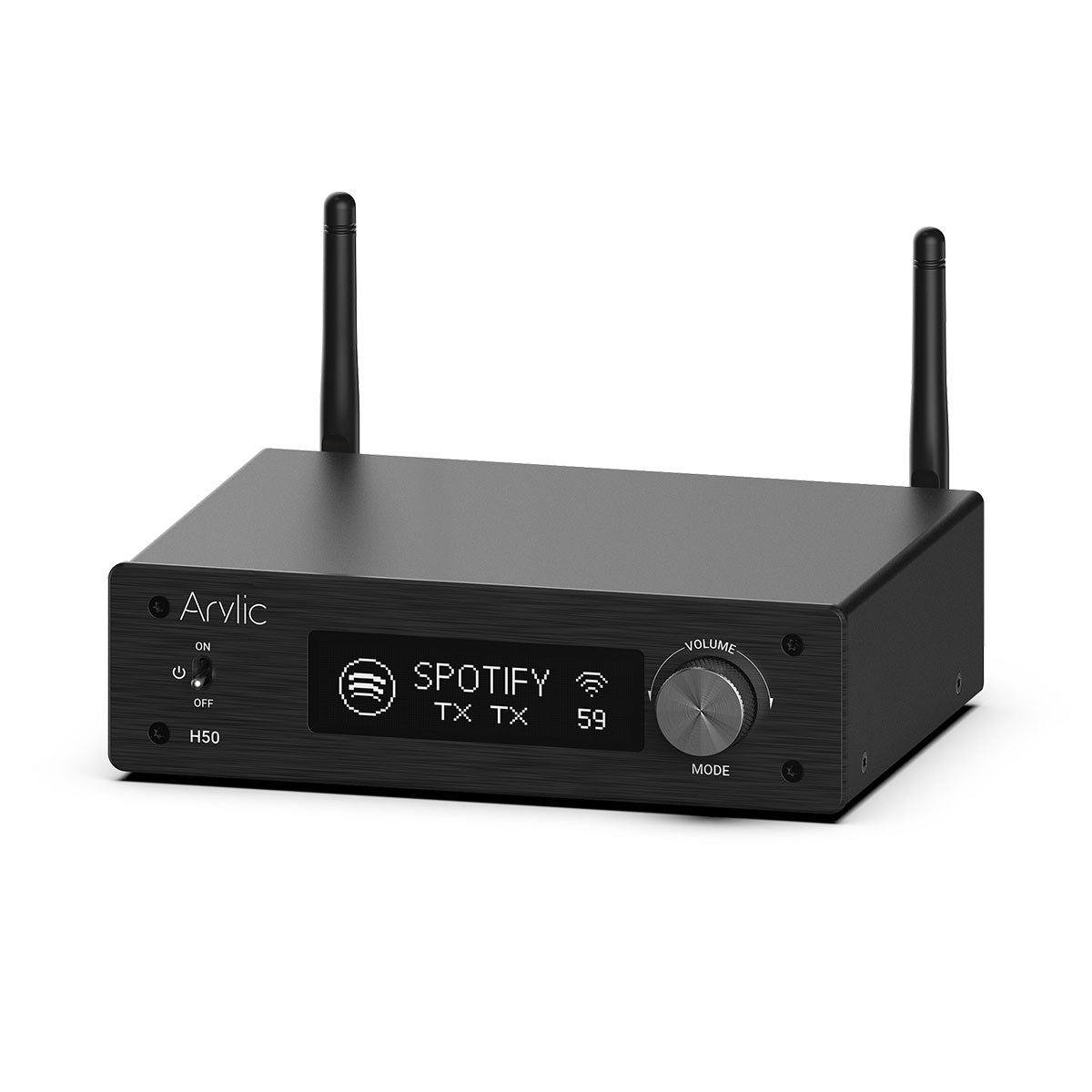

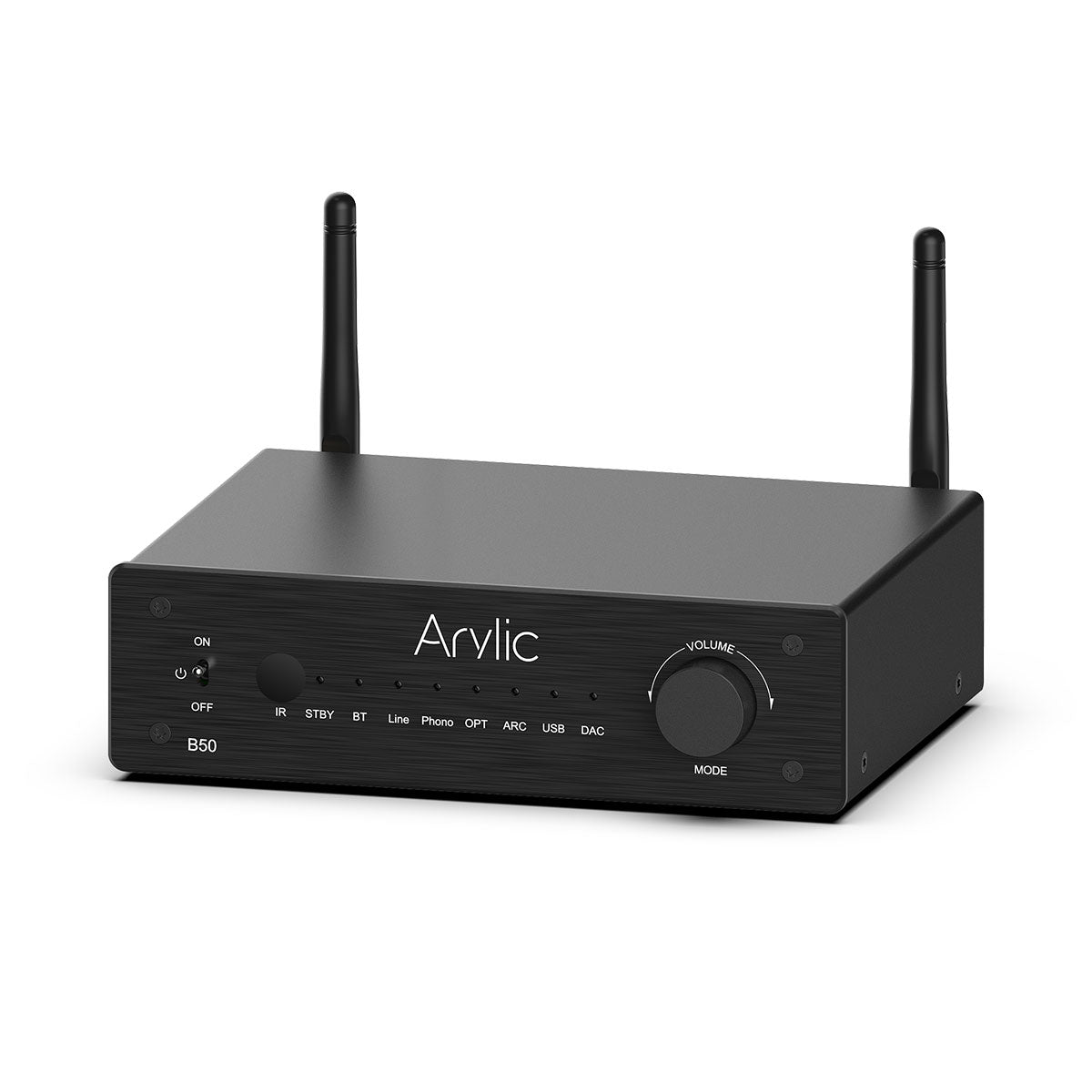
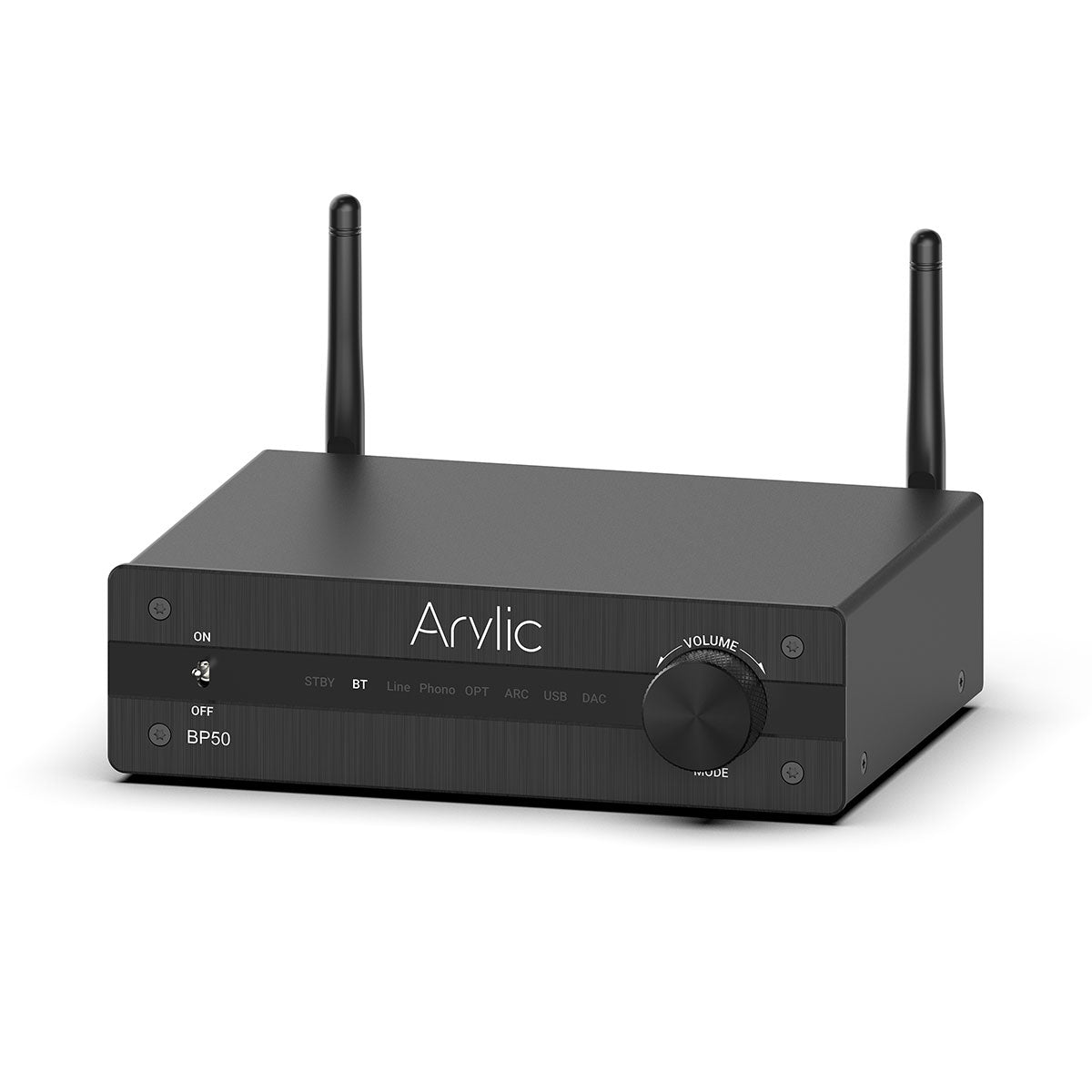
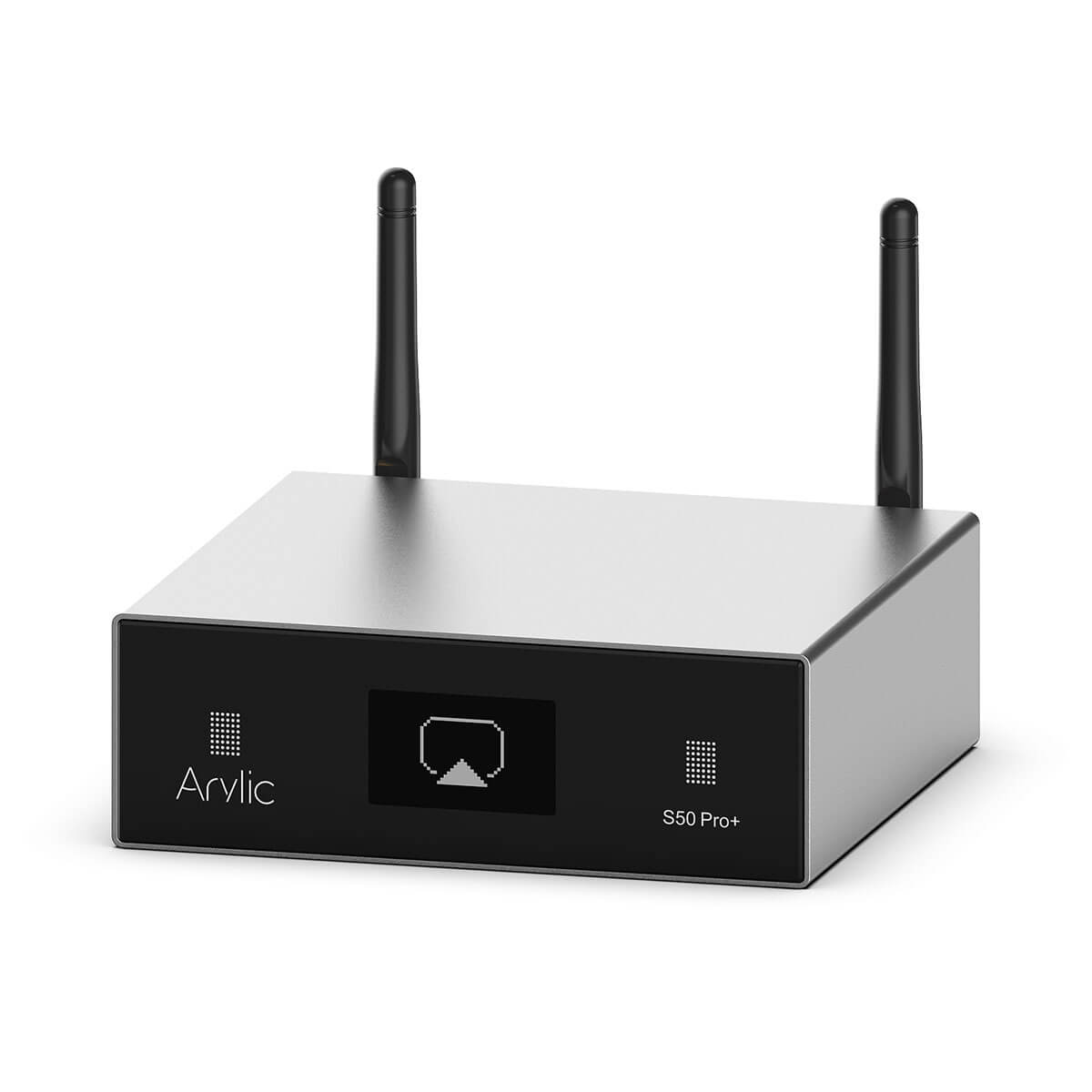
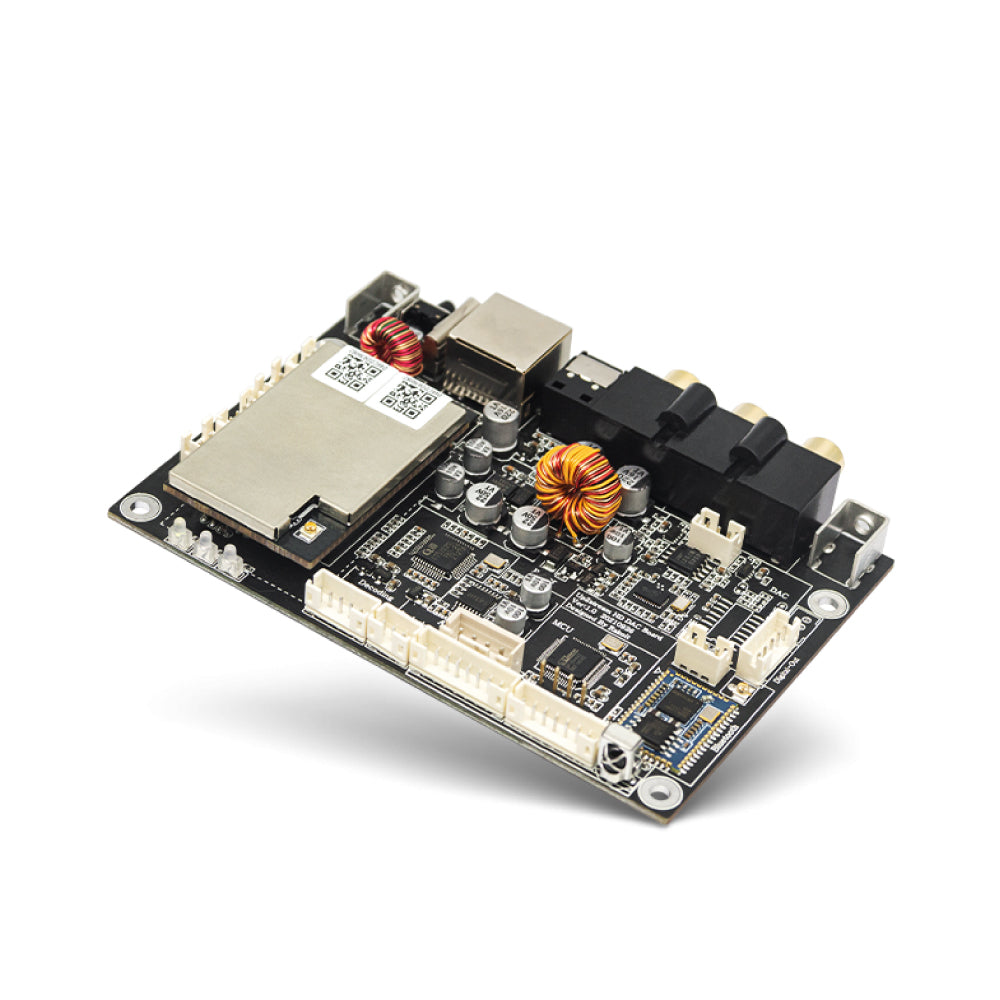
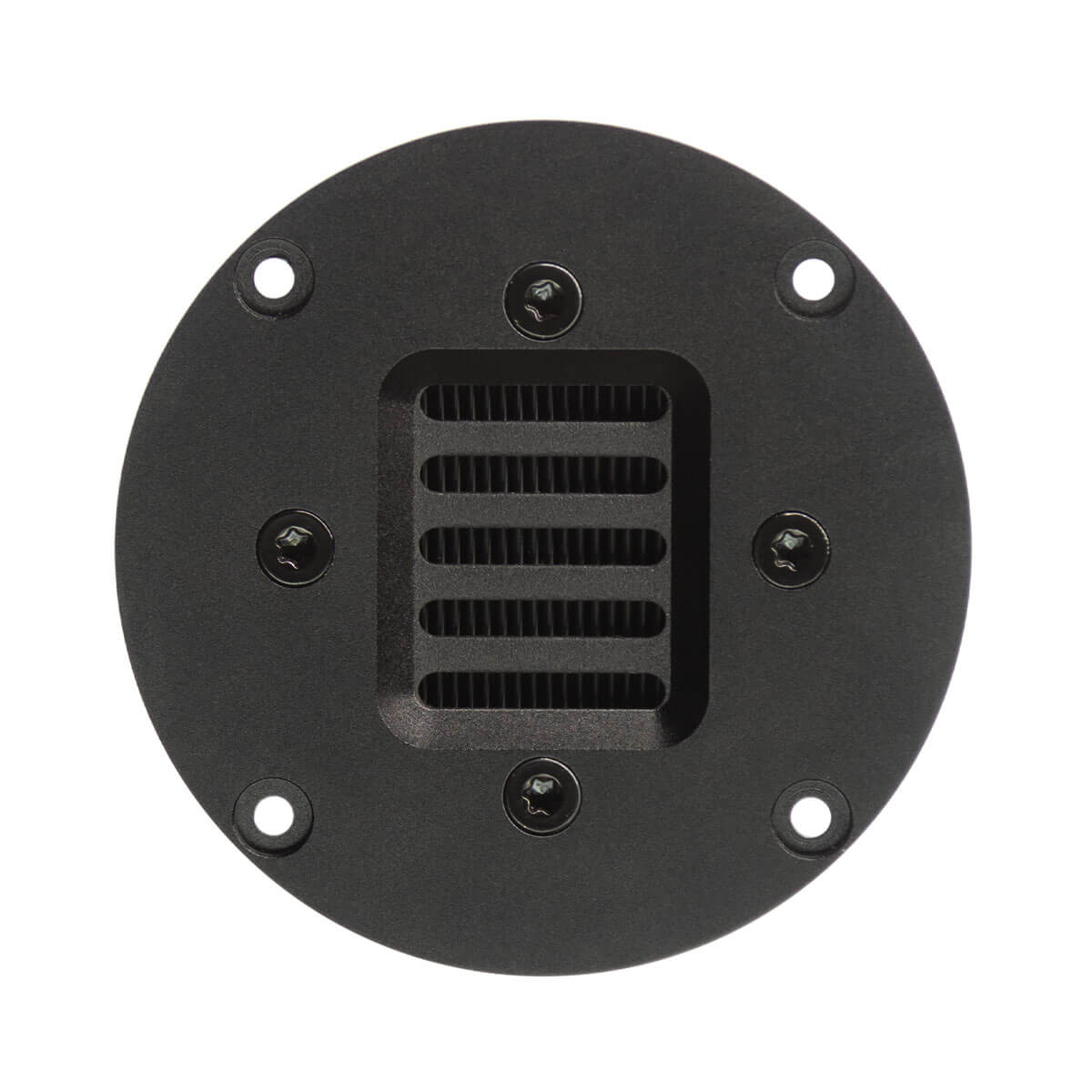

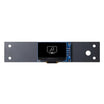
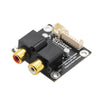
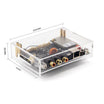
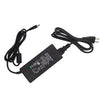
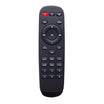


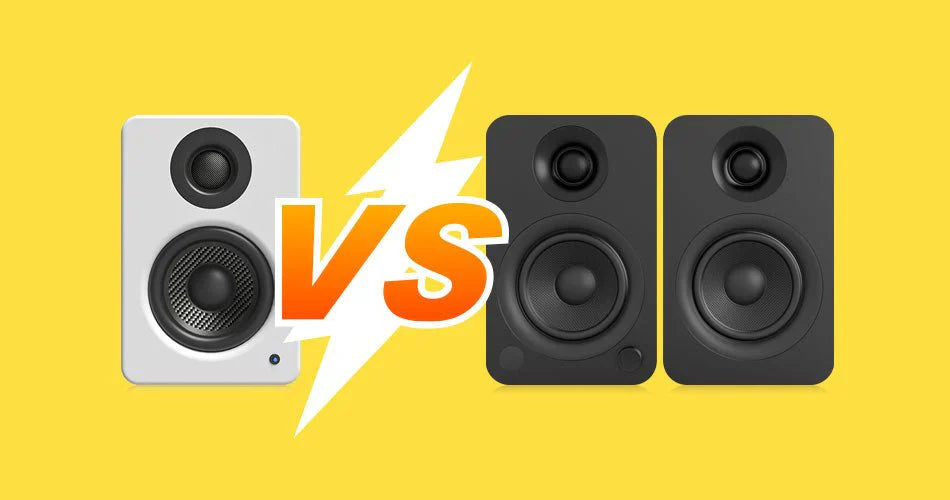
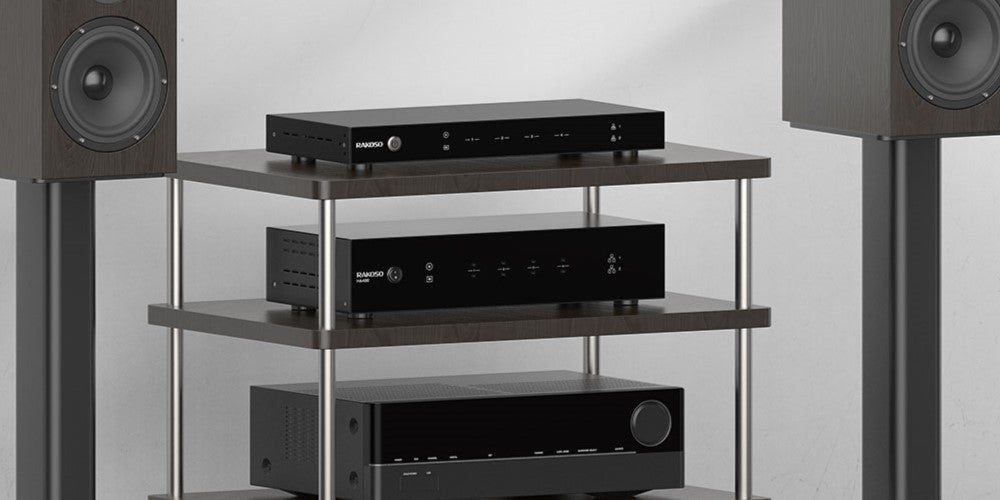
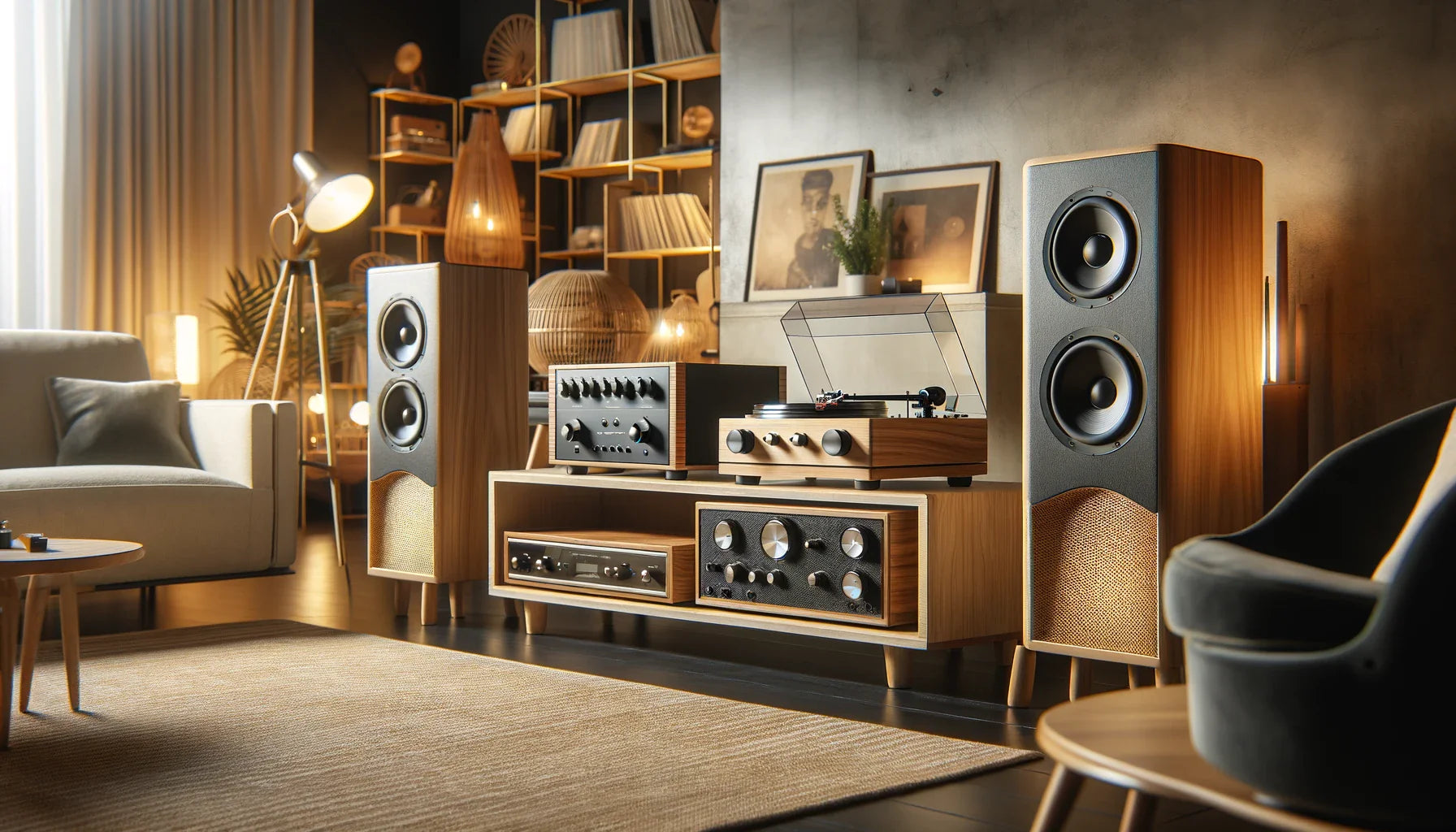
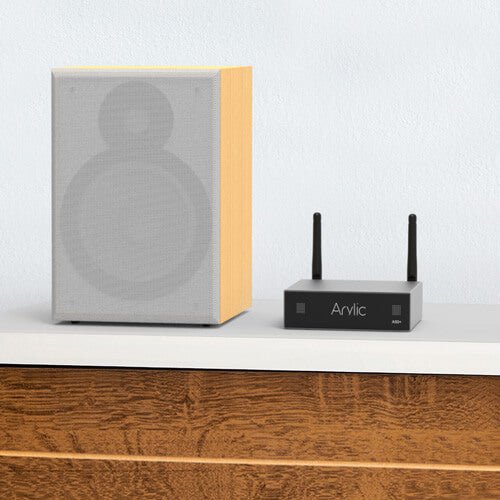
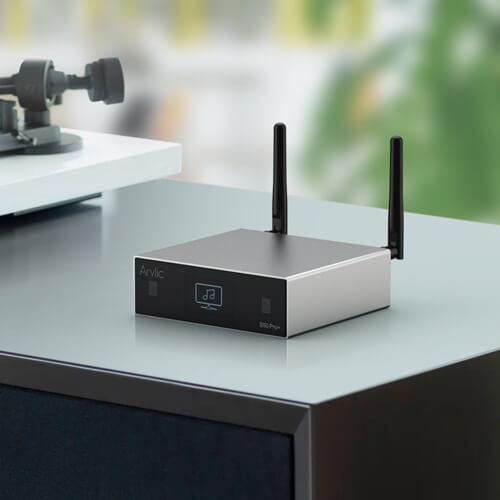
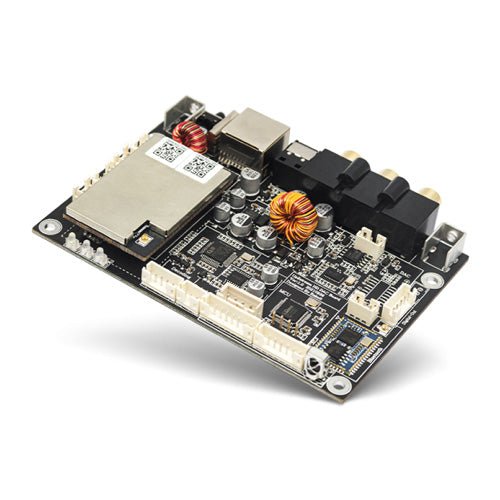



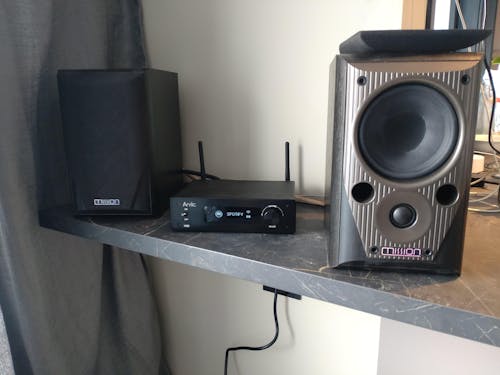

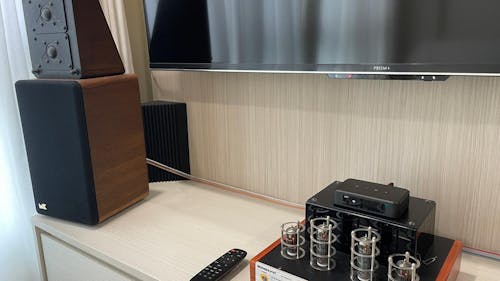


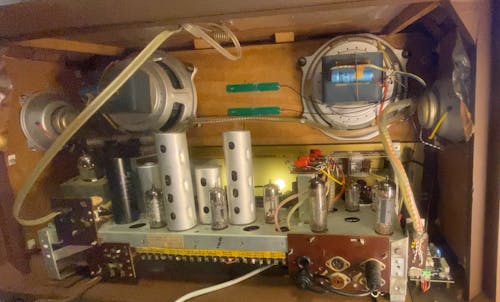
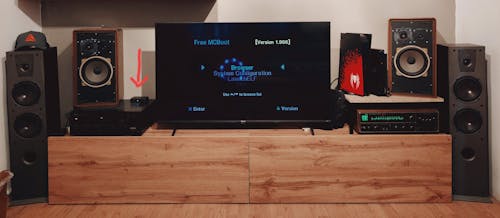


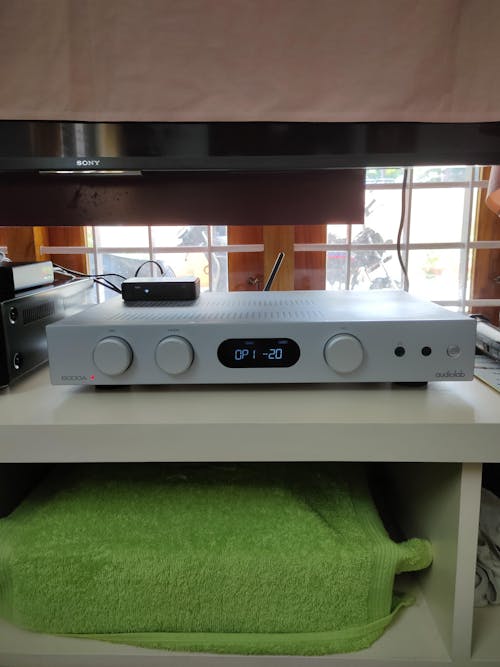
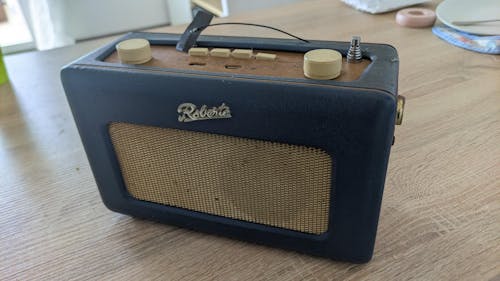

Leave a comment
All comments are moderated before being published.
This site is protected by hCaptcha and the hCaptcha Privacy Policy and Terms of Service apply.